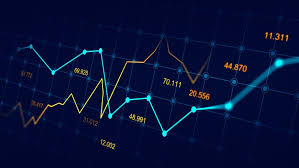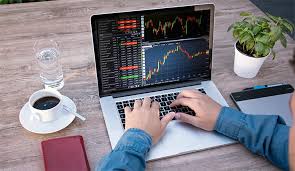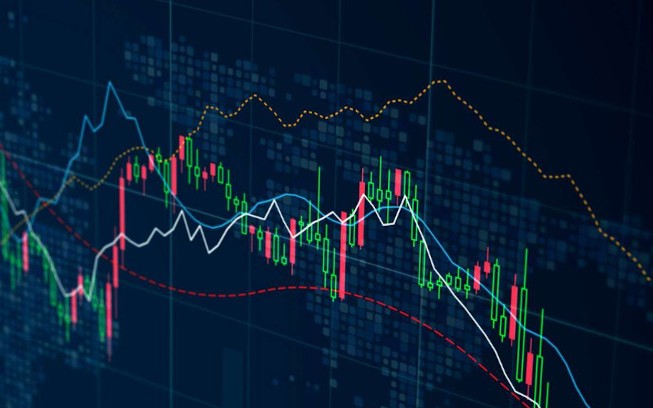
What is Forex Trading?
Forex trading, short for foreign exchange trading, is the process of buying and selling currencies in the foreign exchange market, with the aim of making a profit. Unlike stock trading, which occurs on centralized exchanges, Forex trading takes place over-the-counter (OTC), meaning that transactions occur directly between parties, usually through electronic trading networks. The Forex market is one of the largest and most liquid financial markets in the world, with an estimated daily trading volume exceeding $6 trillion. To learn about various aspects of Forex Trading, you can visit what is forex trading https://acev.io/.
How Forex Trading Works
The foreign exchange market operates 24 hours a day, five days a week, facilitating the exchange of currencies worldwide. Forex trading pairs currencies against one another, for example, the Euro (EUR) versus the United States Dollar (USD), often noted as EUR/USD. The first currency in the pair is called the «base currency,» while the second is the «quote currency.» The Forex market determines the exchange rate of a currency pair, which shows how much of the quote currency is needed to purchase one unit of the base currency.
The Players in the Forex Market
Forex trading involves various participants, such as:
- Central Banks: National banks that manage currency supply and often intervene to stabilize their currency.
- Commercial Banks: Large banks that facilitate currency transactions for clients and engage in trading for profit.
- Corporations: Companies engaged in international trade that need to exchange currencies.
- Retail Traders: Individual investors who speculate on currency price movements using online trading platforms.
- Brokerage Firms: Companies that provide a platform for traders to execute trades.

Understanding Currency Pairs
In Forex trading, trades are made in pairs. Every currency pair consists of two currencies and their exchange rate. There are three types of currency pairs:
- Major Pairs: These involve the most traded currencies, such as USD, EUR, JPY, and GBP. Examples include EUR/USD and USD/JPY.
- Minor Pairs: These pairs do not involve the USD, such as EUR/GBP and AUD/NZD.
- Exotic Pairs: These consist of one major currency and a currency from a developing economy, e.g., USD/SEK or EUR/HUF.
How to Start Trading Forex
If you are interested in Forex trading, here are some steps to get started:
- Educate Yourself: Understanding the basics of Forex, including key terms, market dynamics, and trading strategies, is essential.
- Choose a Reliable Broker: Selecting a reputable Forex broker with a user-friendly trading platform and good customer service is critical.
- Create a Trading Account: Open a live or demo trading account. A demo account is useful for practice without risking real money.
- Develop a Trading Plan: A trading plan includes your investment goals, risk tolerance, and trading strategies.
- Start Trading: Once you feel confident, you can start making trades based on your research and analysis.
Key Strategies in Forex Trading
Successful Forex trading often relies on effective strategies. Here are a few popular approaches:
- Scalping: A short-term strategy that involves making numerous trades in a day to profit from small price movements.
- Day Trading: Involves opening and closing trades within the same day, taking advantage of intraday price fluctuations.
- Swing Trading: A medium-term strategy where trades are held for several days to capture larger price moves.
- Position Trading: A long-term approach where traders hold positions for weeks, months, or even years.

Risks and Challenges in Forex Trading
While Forex trading can be highly profitable, it comes with significant risks and challenges, such as:
- Market Volatility: Currency prices can change rapidly due to economic events, geopolitical factors, and market sentiment.
- Leverage Risk: Forex brokers provide high leverage, allowing traders to control large positions with a small amount of capital. However, this increases both potential profits and losses.
- Emotional Trading: Emotional decisions driven by fear or greed can lead to poor trading choices.
- Counterparty Risk: There’s a risk that the broker may default on their financial obligations, especially if they are not well-regulated.
Tools and Resources for Forex Trading
Traders can benefit from a variety of tools and resources, such as:
- Technical Analysis Tools: Charting tools and software that help traders analyze past price trends and predict future movements.
- Fundamental Analysis: Economic indicators (like GDP, unemployment rates, and interest rates) that affect currency values and should be monitored.
- Trading Signals: Alerts that indicate potential buying or selling opportunities based on market analysis.
- Economic Calendars: A schedule of important economic events and announcements that can impact currency markets.
Conclusion
In conclusion, Forex trading represents a significant opportunity for profit in the global financial markets. While it offers potential rewards, it requires thorough education, careful planning, and effective risk management. Whether you are a seasoned trader or just starting, understanding the fundamentals of Forex trading is essential for success.

Comentarios recientes